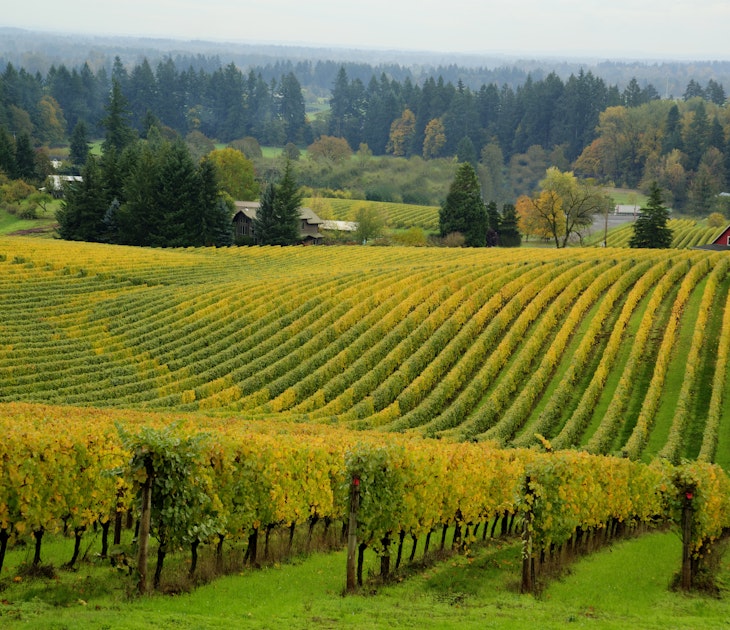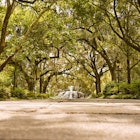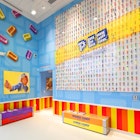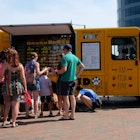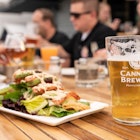Three decades after helping to orchestrate North America’s craft beer revolution, Seattle is in the throes of a new drinking renaissance. Travelers descending on the city should take time out from visiting the popular brewpubs and line up taster glasses in one of a growing number of micro-distilleries, nano-breweries and craft cider houses.
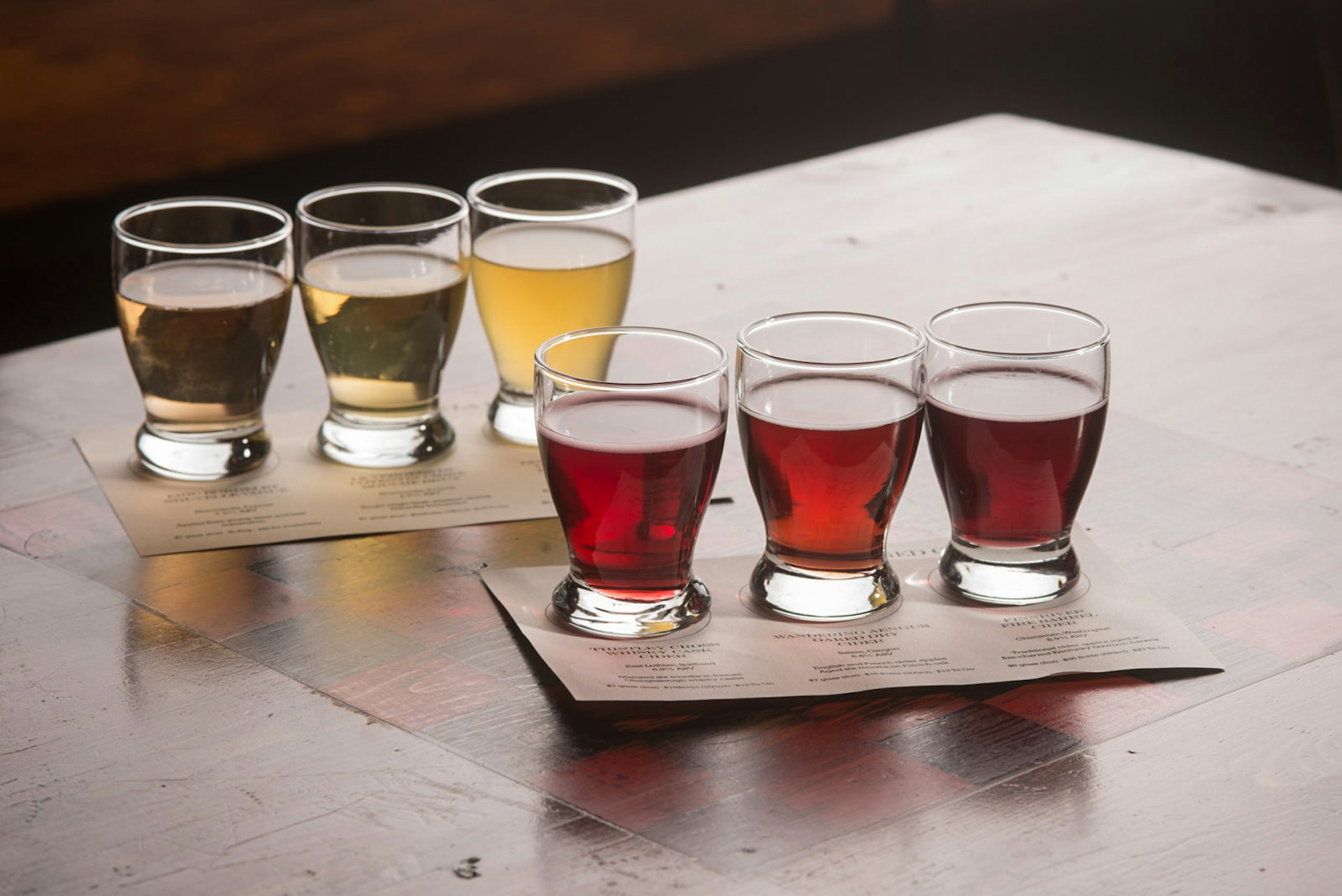
A region primed for potables
Craft beer has a long history in the Pacific Northwest beginning with the opening of iconic Redhook Brewery in 1981. Within what seemed like an eye-blink, you could go into one of a dozen or more city brewpubs and order from a long list of nuanced beers all made from Washington-grown hops. But, while ‘real ale’ aficionados were enjoying locally nurtured IPAs aged in old sherry barrels, their hard-liquor-loving companions had to make do with the old standards – bourbon from Kentucky, Russian vodka and dry, English-style gin.
The goalposts finally got moved in 2008 when Washington State revised its long-outdated distillery laws, making it easier for small-scale spirit-makers to obtain licenses and ignite a craft-drinking revolution of their own. With the business shackles taken off, the genie leaped out of the bottle. Suddenly fruit liqueurs were cool, science geeks were discussing gin recipes with drunken enthusiasm and good homemade whiskey no longer had to come from Scotland – or Japan. In little over five years, Washington State sprouted over 100 home-grown craft distilleries, two dozen of them in Seattle alone (more than any other US city).
Raising spirits
In the early days, the new distillers focused their attention on producing gin and whiskey, both popular drinks in North America, but as the industry mushroomed, ambitious operators started experimenting with vodka, brandy, rum and even limoncello.
Where to try
Choosing a distillery to visit in Seattle is a matter of choosing your preferred drink. Many of the best micro-operators have tasting rooms and most offer tours of their small factories. If you prefer imbibing the so-called ‘water of life’, gravitate to Westland Distillery, a newcomer on the whiskey scene with a factory and tasting room located in the warehouse district of SoDo. Realizing that the sodden climate of Seattle isn’t radically different to that of the Western Isles of Scotland, Westland’s smart, young craft-distillers set themselves the tough task of making one of the US’s first single-malt whiskeys using locally grown barley. One throat-warming sip of the amber nectar and – even if you’re Scottish – you’ll concede that they’ve scored a home run. The secret? For that, you’ll need to exit the plush tasting room and partake in a comprehensive distillery tour amid neat rows of stacked oak barrels and beautiful Vendome copper stills.

Copperworks Distilling recently released its own single malt whiskey, coming after 30 months of aging. Until recently, the company’s focus had been vodka and, more interestingly, its juniper-tinged gin, a beautifully complex concoction made with Washington barley in traditional Scottish stills before being aged in Kentucky oak barrels. Samples can be procured in the company’s downtown shop and factory which is also open for pre-arranged tours.
Offering something slightly different from the standard tour/tasting room experience is Sun Liquor Distillery in the Capitol Hill neighborhood, a cocktail bar with a small eating outlet (selling burgers and sandwiches) which uses its own gin, vodka and rum to fortify the drinks. Eternally popular is the dry hedgetrimmer gin – wonderfully refreshing when taken in a Southside cocktail (on the rocks with mint, lemon juice and ginger beer).
Reaping the harvest: craft cider
America has had an on-off love affair with cider. Historical testimonies suggest that the Pilgrim Fathers furtively stowed a barrel of the fruity stuff aboard the Mayflower in order to deaden the seasickness on their stormy voyage across the Atlantic. By the mid-1620s, America’s first apple orchard had taken root in the New World, courtesy of a dissident Boston priest. However, despite its early appearance in American culture, cider remained largely an English obsession ...until the 2010s. Hard cider consumption in the US has jumped a purported 400% since the turn of the decade thanks mainly to the growth of the craft cider movement whose roots and spiritual home have been nurtured (where else?) in that sun-drenched crucible of US apple-growing, Washington State.

As Washington’s largest city, Seattle can rightly claim to be American cider’s unofficial HQ – the orchards of Eastern Washington (which produce over 60% of the US apple crop) lie only a couple of hours across the Cascades. Throw in a strong locavore tradition, a penchant for culinary innovation and an ongoing love affair with technology and you’ve got all the components that made the micro-brewing industry so successful. Just replace the hops with apples.
Using business and production techniques absorbed from their micro-brewing cohorts, Seattle’s new breed of craft cider-makers press and ferment Washington apples before mixing them into small-batch artisan brews, which they then line up for tastings in various pubs and taprooms.
Where to try
An early leader in the field is Schilling Cider House located in the wryly alternative neighborhood of Fremont where you can order a tray of six small sample glasses of craft cider, or grab take-out bottles and cans from a fridge.
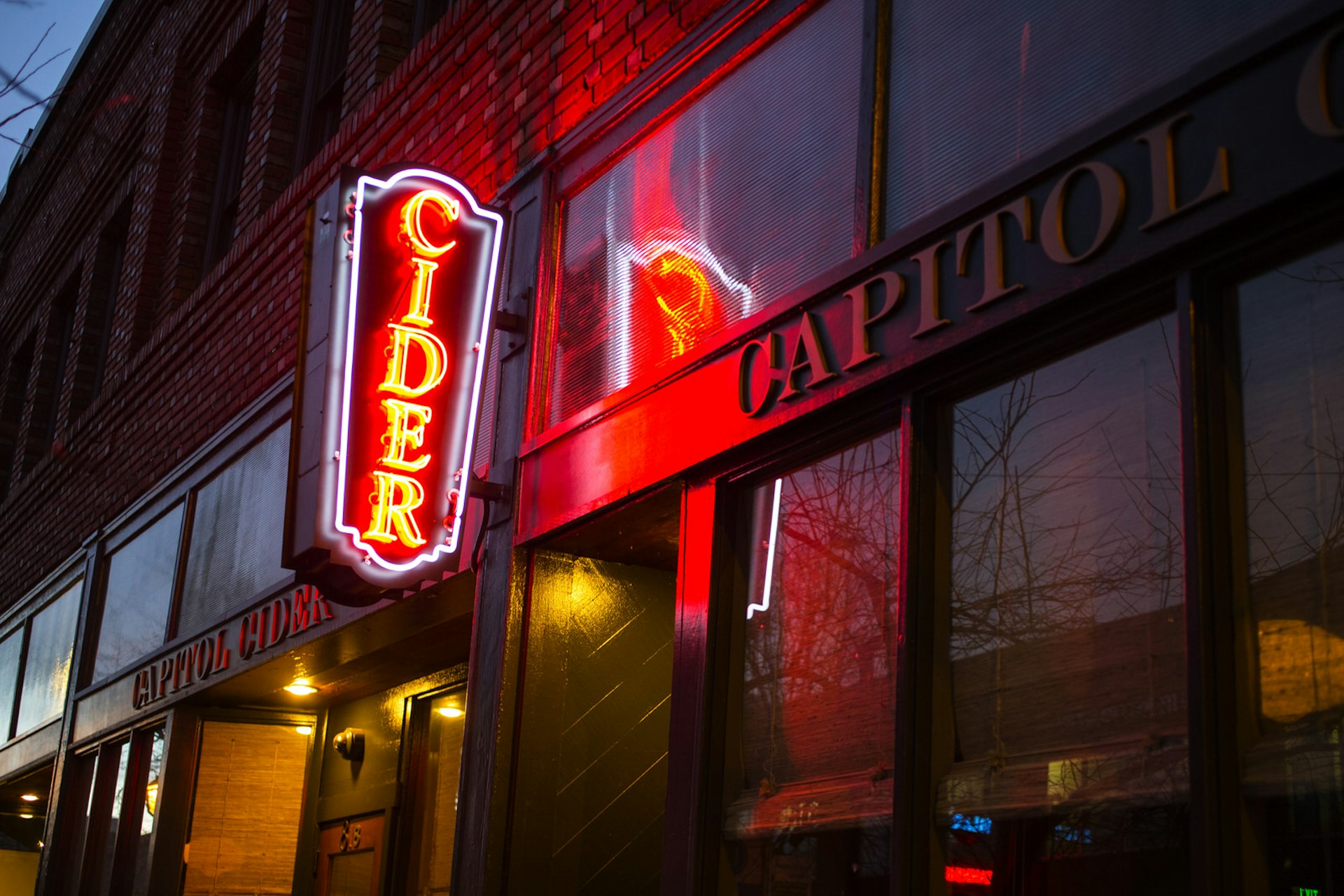
Offering a slightly different set-up is Capitol Cider in Capitol Hill, which presents a full food menu and numerous ciders (including American crafts and some English classics) in a genteel pub overlooked by copies of famous portraits repainted by students from a local art academy.
Nano-breweries: big things come in small pints
If you really can’t wean yourself off the beer, try, at least, to follow these two key pieces of advice when visiting Seattle: 1) head into the Ballard or Fremont neighborhoods, and 2) pay a visit to a nano-brewery.
Fremont and Ballard have long been solid bastions of good beer. Fremont was the location of one of the US’s first micro-breweries in the early 1980s, while contemporary Ballard claims approximately 10 small-scale breweries, most of them conceived and ignited in the post-recessionary 2010s.
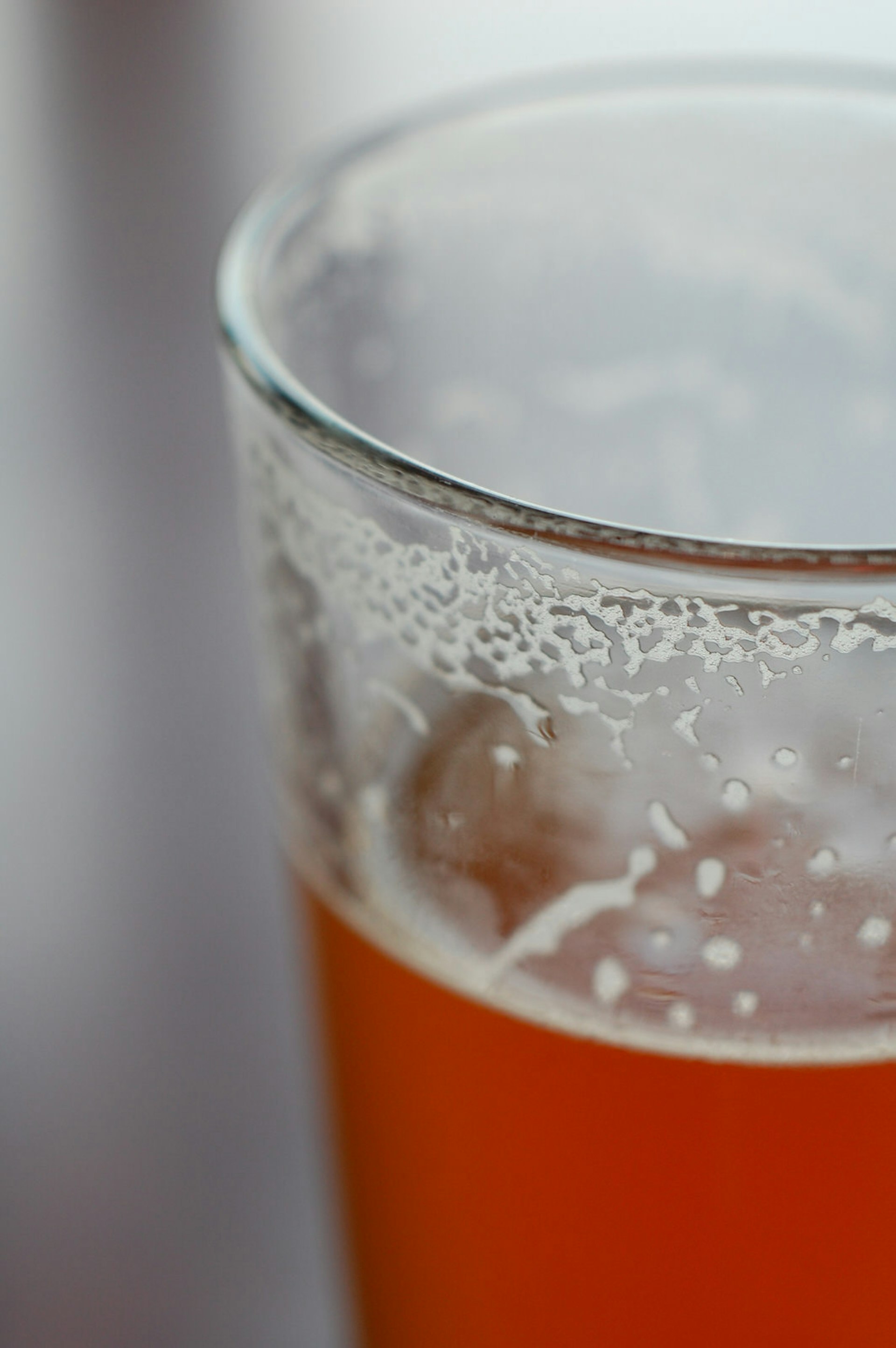
The current craze for those in search of unusual flavors and a laidback local atmosphere, is the nano-brewery, a tiny local operation that prefers to ferment high-quality, small-batch beers barrel by barrel. Nanos are usually run by beer-lovers and hobbyists rather than out-and-out businesspeople and operate in old houses or warehouses where the rent is cheap. Not distracted by the profit god, they set up diminutive tasting rooms with limited opening hours in which scruffy blackboards advertise whatever one-of-a-kind invention the owner has hit on that day. Although, the choices are often potluck, some nanos have started to attract rock band–like followings of committed beer-lovers eager to share in their latest creative endeavors.
Where to try
For a good introduction to Seattle’s nano-universe head to Populuxe Brewing in Ballard whose tiny factory turned tasting room offers a rotating menu of around 10 one-off beers. Another good nano-brewer on the cusp of Ballard and Fremont is Bad Jimmy’s where the beer is strong, but not at all bad.


